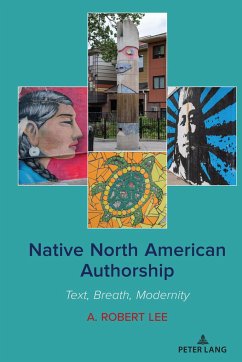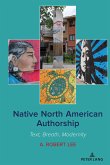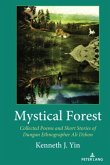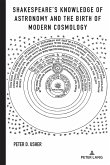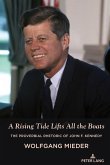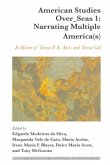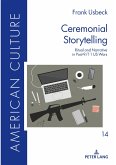Can it now be doubted that Native American/First Nations literary voice has become other than an established, and hugely compelling, compass? Native North American Authorship takes bearings, a roster of close readings yet situated within the wider latitudes and longitudes of timeline, place, memory. The emphasis falls throughout upon imagination, the "breath" within given texts be they fiction, poetry or self-writing. This is also to emphasize Native writing as modern (and in some cases postmodern) phenomenon, for sure rooted in tribal particularity, oral tradition, and trickster lore, but also given to reflexivity, the writer looking over his/her own shoulder. The authorship involved is now a literature equally of the city and indeed of geographies encountered beyond North America. The aim is to avoid suggesting some Grand Synthesis or to replay battles of reservation/off reservation ideology. The account opens with two purviews: the scale of Native written texts from early Christian-convert witness to contemporary verse and story by names like Tommy Pico and Eden Robinson, and the fuller implication of a category like Native American Renaissance. Key author portraits follow of N. Scott Momaday, Leslie Marmon Silko, Louise Erdrich, James Welch, Gerald Vizenor, Sherman Alexie and Louis Owens. New longer fiction and anthology stories invite their respective chapters as do the story-collections of Diane Glancy and Stephen Graham Jones. Poetry assumes focus in the accounts of Joy Harjo and her contemporaries and Simon Ortiz and his contemporaries, with specific chapters on Jim Barnes, Linda Hogan and Ralph Salisbury. The epilogue adds further context: "Native" as cultural etymology, the role of site and space-time, and the affinities of Native authorship with other Native arts.
"With dazzling breadth and depth, A. Robert Lee analyzes a rich spectrum of Native voices, some well-known, others less often heard, placing them in a medley of illuminating contexts. He writes of all genres with agility, in his own inimitable critical idiom. This valuable book crowns Lee's achievement in Native North American scholarship." -Cathy Covell Waegner, editor, Mediating Indianness (2015)

